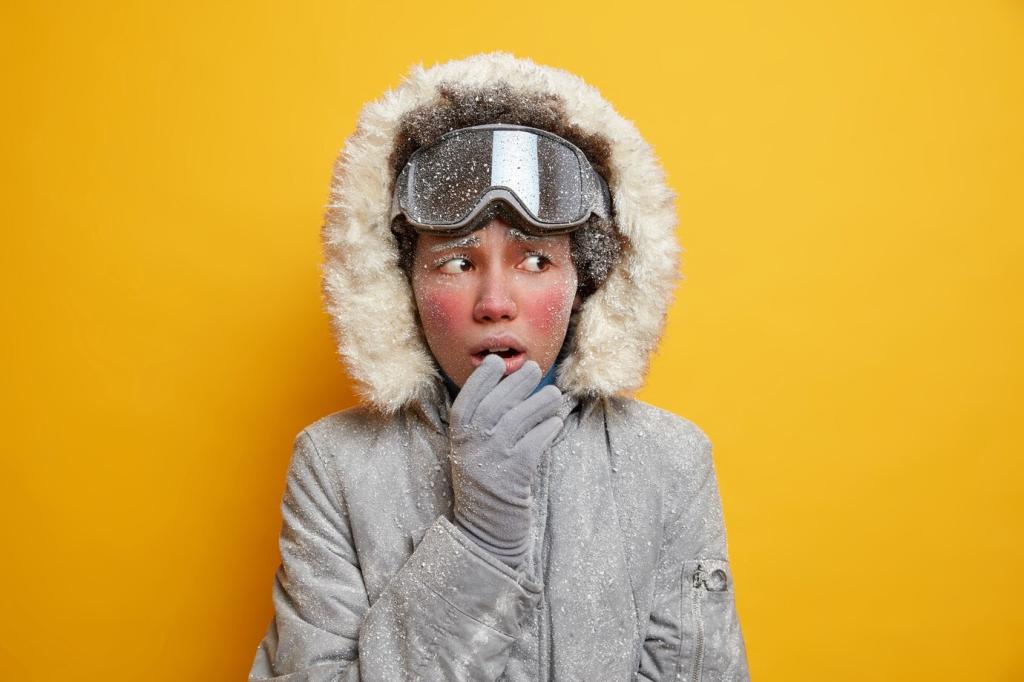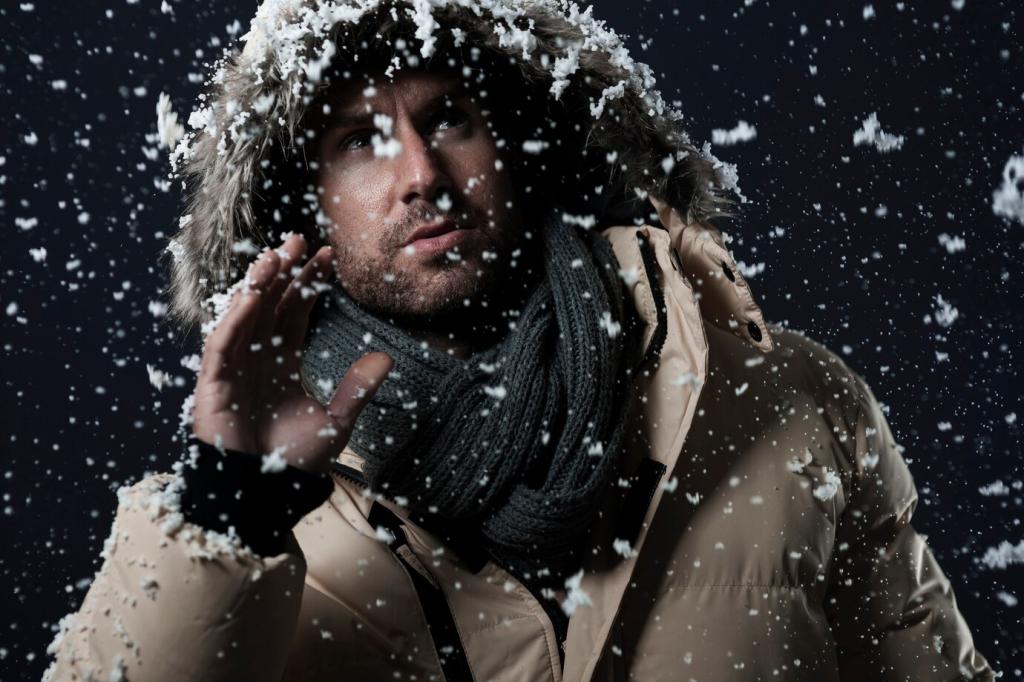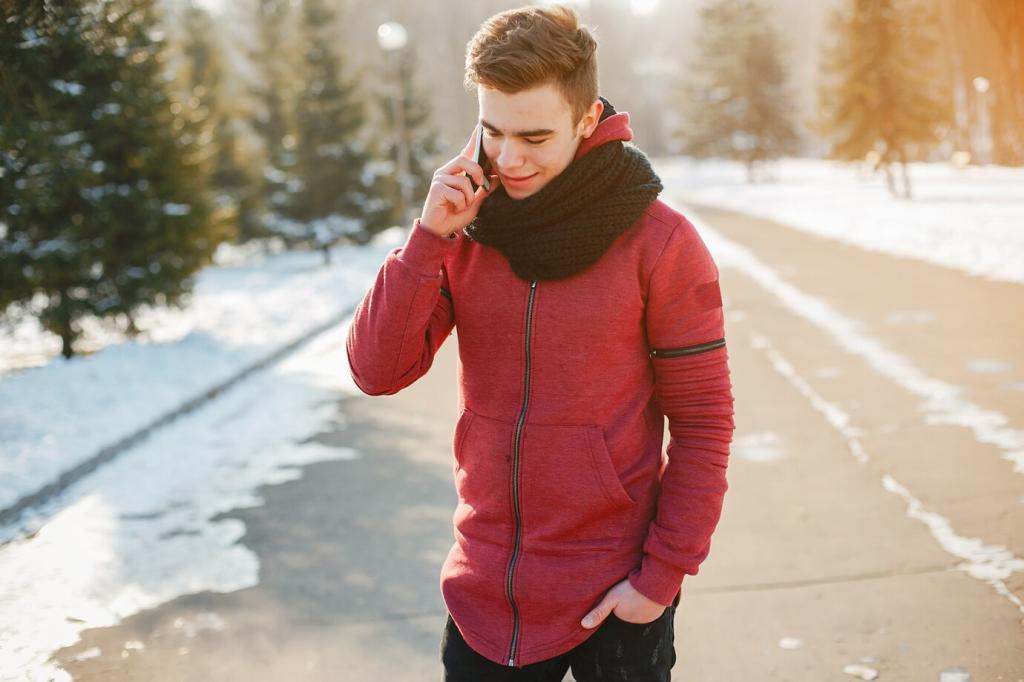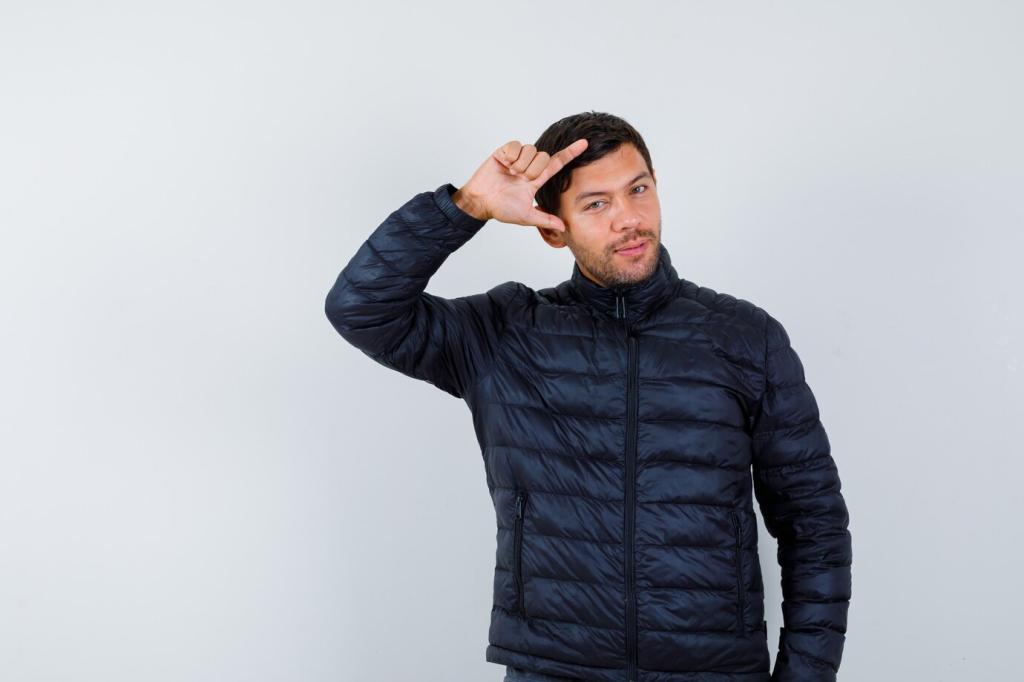Melting Snow and Finding Safe Water
Start with a little liquid water in the pot to prevent scorching, then add snow gradually. Use a lid, windscreen, and sheltered spot. Dark stuff sacks pre-warm snow under sun between stops.
Melting Snow and Finding Safe Water
Boiling is reliable; filters may freeze and chemicals work slowly in cold water. Insulate treatment bottles inside your jacket, and agitate frequently to help tablets or drops do their job.





